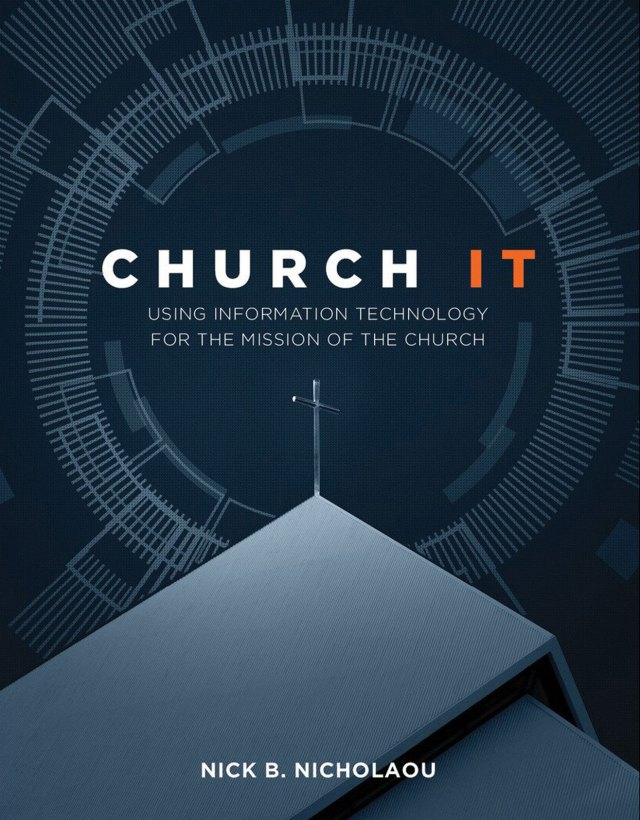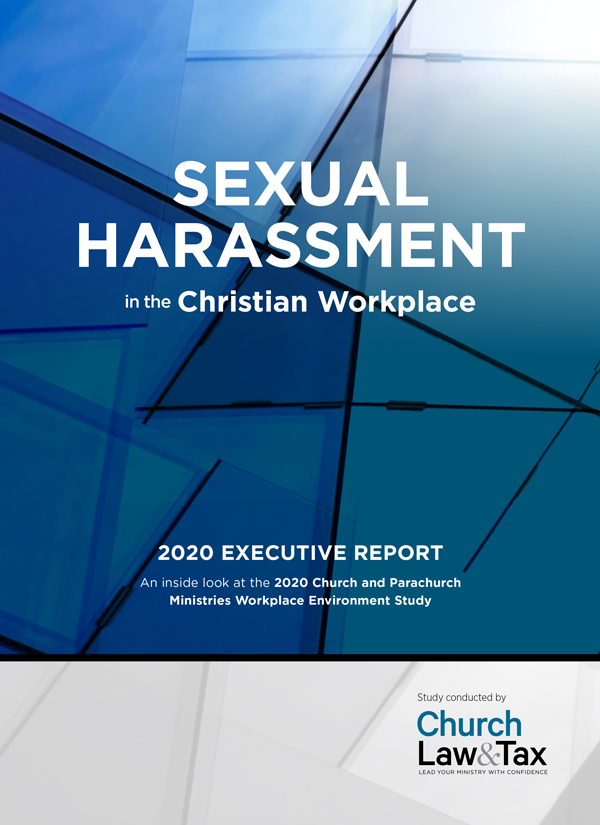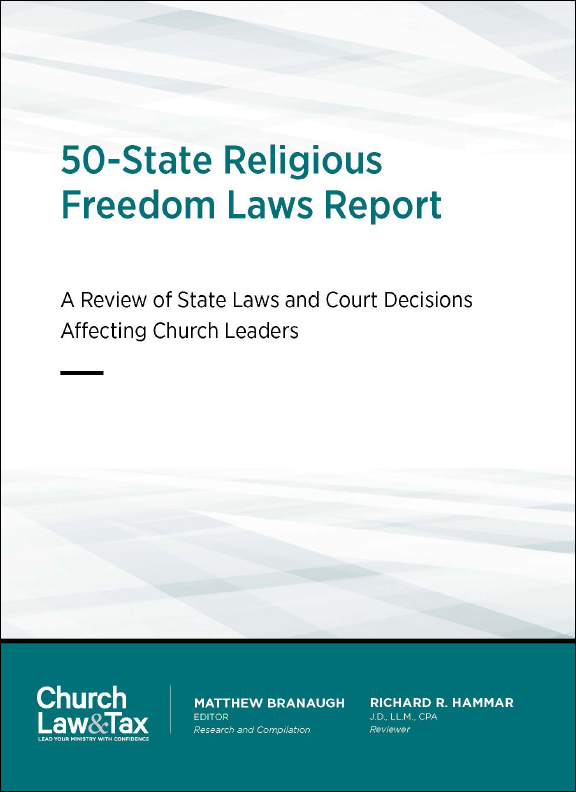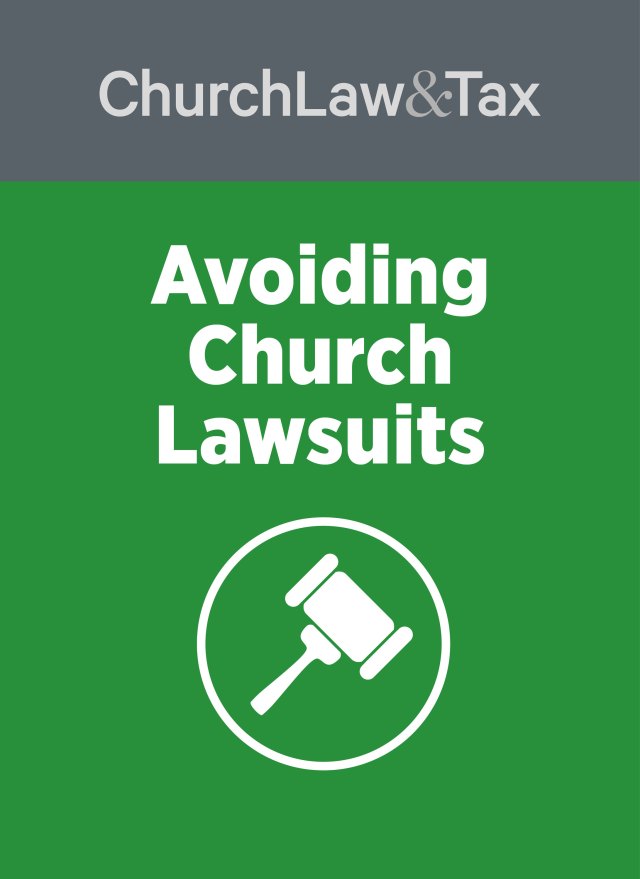With the “Youth Ministry in America” survey results as a starting point, we continue our roundtable discussion. This time around participants talked about concerns and policies related to how youth leaders communicate with their students.
This is the second post in our series. If you missed the any of the other weeks’ blog posts on the top concerns facing youth ministry, you can find them here:
Roundtable participants: Brian McAuliffe, CFO at Willow Creek Community Church in Illinois; Garland Owensby, professor at Southwestern Assembly of God University in Texas and a volunteer youth worker; Brad Neese, teaching pastor at Berrien Center Bible Church in Michigan; Laura Leonard, associate editor of BuildingChurchLeaders.com and a volunteer youth leader in Illinois; and Wes Trevor, youth director at Central Presbyterian Church in Colorado. Ashley Moore, assistant editor for the Church Law & Tax Group moderated this roundtable–with assistance from editorial resident Andrew Finch.
Ashley (Moore) Emmert: During my work on the “Youth Ministry in America” survey, I came across a number of youth pastors who lacked solid communication boundaries with their students. I read one tweet from a student to a youth pastor that went something like, “Isn’t it funny that my youth pastor is my number one friend on Snapchat?” There’s always a tension between trying to reach students where they are, while still protecting yourself and your leaders from anything inappropriate.
At your churches, are there policies and procedures for how youth leaders should communicate with students?
Brian McAuliffe: At Willow Creek, parents have to be notified before there’s any kind of electronic communication with their kids, and they need the parents’ permission. In terms of what’s communicated and what’s said, the leaders are trained about how to recognize if it’s getting away from where it should go, so that they can ask for assistance or communicate with parents.
Brad Neese: Our church doesn’t have any communication rules or policies that I know of. One of the things that I do, personally, is make sure my wife has access to everything that I have. So whether it’s passwords, a Twitter account, Facebook, text, or e-mails, there is just no-holds-barred access. When we entered into student ministry in 2001, we followed those personal guidelines. Ever since then, she’s had access to everything.
From years of experience as a youth pastor, I tell the youth leaders at my church this: You’re not there to be their best friend. You’re there to turn their hearts back to their parents. You’re there to turn them back to their moms and their dads. That might kind of push against some of you, but that’s the emphasis that we’re taking. Our student ministry director is taking that same approach of making sure we’re guiding students back to their parents.
Garland Owensby: We tell our leaders that we have to convince our students and ourselves that privacy is an illusion. If you’re doing something electronically it’s out there on a tower. It’s on somebody’s server, and even though our students have no idea what the NSA is, they do know what hackers are. In Scripture we hear “sin will come out” or “whatever you do in private will be made public.” Well, in this electronic world, “delete” means nothing.
Wes Trevor: We are sort of an archaic church–we just got Wi-Fi last year. So this conversation is well beyond the capacity of many of the leaders of our church. So when I came to this church, I decided to create my own policies for student ministry communications, because the church has been very slow to catch up to this issue.
We follow that same idea, that privacy is an illusion. In a court setting, I believe anything electronic can be subpoenaed. So we always keep in mind the thought of, if this transcript ends up on a courtroom floor, what would be read? We train our people to never use personal language. Instead of texting “I want you to be there,” we say “We want you to be there,” or “The group wants you to be there.” And whenever there is an emergency, something inappropriate, or something that needs personal conversation, you can always copy and paste the conversation and send it to your supervisor. You can screen-capture the conversation, and then that needs to be reported to the church.
Legally, my church is responsible for my actions on the job. So we have a policy of reporting for any level of abuse, any level of sexual inappropriateness, anything like that. Then it becomes a matter of the elder board and the senior pastor. Those are not policies that were put in place by the church. Those were policies that were put in place by myself when I got to the church a few years ago to help us be ahead of the “safety net curve” on this one.
Ashley (Moore) Emmert: Wes, did you feel like that policy needed to be put in place because your volunteers didn’t have enough safeguards?
Wes Trevor: We are a church that has a history. Ten years ago, the old youth pastor had a two-year inappropriate relationship with a student. So we have to be above reproach on a lot of that stuff. In this incident, there wasn’t a lot of technology involved. There was just a lot of alone time between the student and the youth pastor. That has left a lot of scars that propel us toward needing to have policies in this new era, where technology is so accessible and readily used to communicate.
Laura Leonard: My church doesn’t have any kind of formal policy on social media, or at least not one that’s been communicated to me as a volunteer. We do have a group text that our whole youth group is on. We have 15 to 20 kids on it. Any communication that we have with kids in terms of whether youth group is happening or not, where it’s happening, a change of plans–that all happens in the context of that group text. So it’s not private at all. But I personally have a couple of students I mentor one-on-one, so I will text one-on-one with them. They’re both female. I wouldn’t one-on-one text with male students.
We’re a very informal church, and a very small youth group. I definitely think, though, it would be helpful for us to have a formal policy in place.
Editor’s Note: In part three of the Youth Ministry Roundtable, we will look at safety training and policy manuals.
For more information on youth ministry and social media, check out the downloadable resources
Essential Guide to Youth Ministry Safety and Using Social Media Safely.




